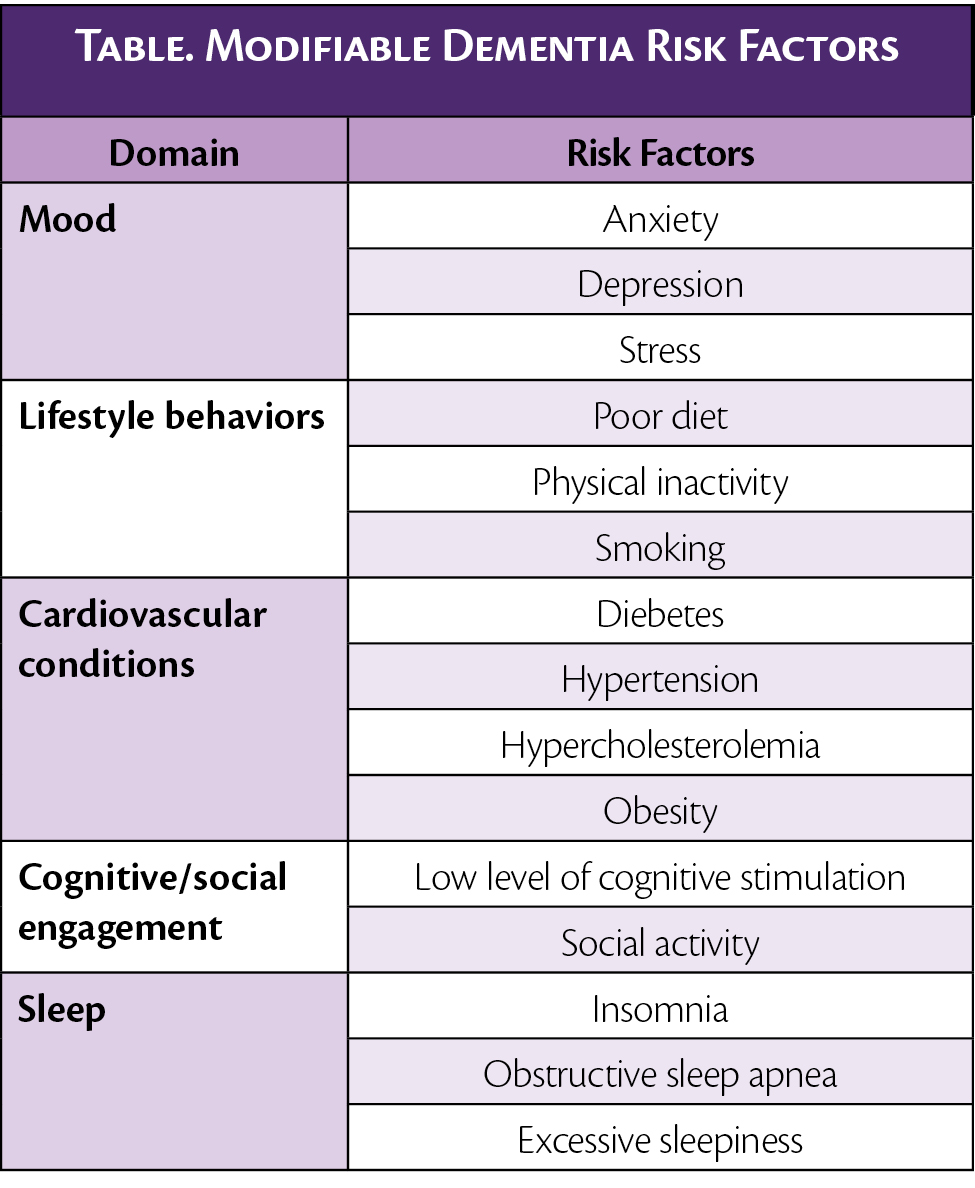Multimodal Approaches to Reducing Dementia Risk
Recent evidence suggests dementia risk is modifiable, and that a 5% to 20% reduction in individual modifiable risk factors (eg, smoking cessation, physical activity, diet, and cognitive activity) could reduce dementia incidence by as much as 40%. Some risk factors, however, are not modifiable at the individual level (eg, exposure to air pollution) and will require policy or societal changes.
Many studies of individual modifiable dementia risk factors have focused on a single or limited number of risk factors, typically reflecting cardiovascular conditions and risk factors. Up to 42% of adults at risk for dementia, however, have more than 1 modifiable risk factor and these may interact, which could make multimodal risk reduction necessary. Studies presented at the Alzheimer Association International Conference 2022 (AAIC2022) in San Diego and online support this approach.
A study from Canada used a fractional assignment approach allowing comparisons between groups who had physical exercise interventions with and without a cognitive exercise intervention and with and without vitamin D supplementation. This approach allowed for statistically significant comparisons of multimodal approaches. Combining physical and cognitive exercise produced statistically significant improvement vs exercise alone and that vitamin D supplementation had no impact on cognitive health.
In a study from Australia, the prevalence of modifiable dementia risk factors across multiple domains in a large cohort of adults (n=1,610) age 40 to 70 who were cognitively normal at baseline was compared with scores on cognitive assessments. Potentially modifiable risk factors in these individuals were classified into 5 broad domains (Table). At least 1 modifiable risk factor domain occurred in 93% of the participants, and 67% had potentially modifiable risk factors in 2 or more domains.

Using an attention composite and a memory score based on the Cogstate assessment, the number of domains in which an individual had potentially modifiable risk factors was correlated with cognitive performance. Among those with risk factors in 3 to 5 domains vs none, the cognitive composite scores were lower and there were more subjective memory complaints. Those with risk factors in 5 vs no domains also had worse attention composite scores.
No individual domain alone was associated with worse performance on attention or cognition, and at least 1 risk factor in the mood or vascular domain was associated with worse scores on the cognitive composite. Risk factors in the vascular or sleep domain were associated with greater subjective cognitive concerns.
